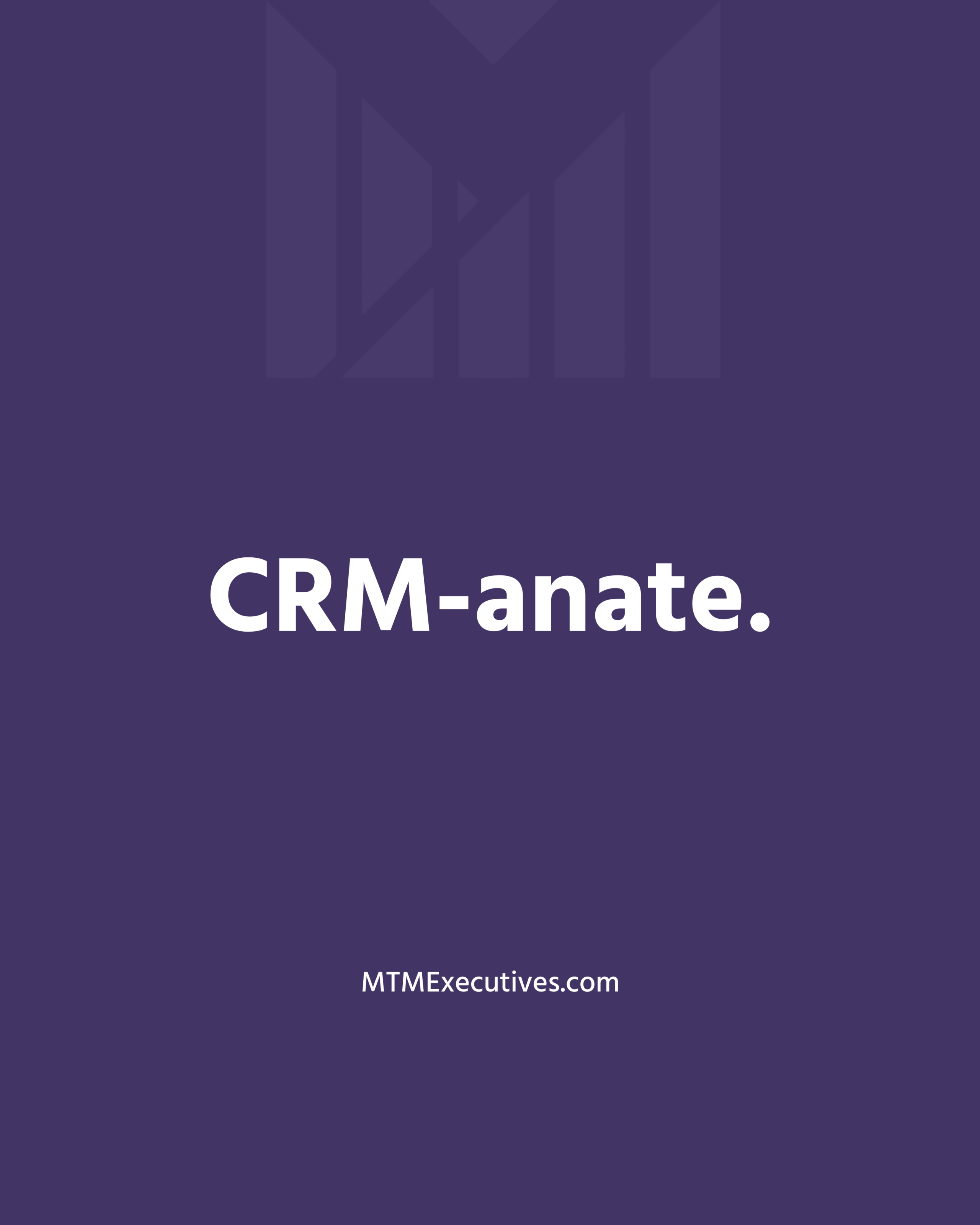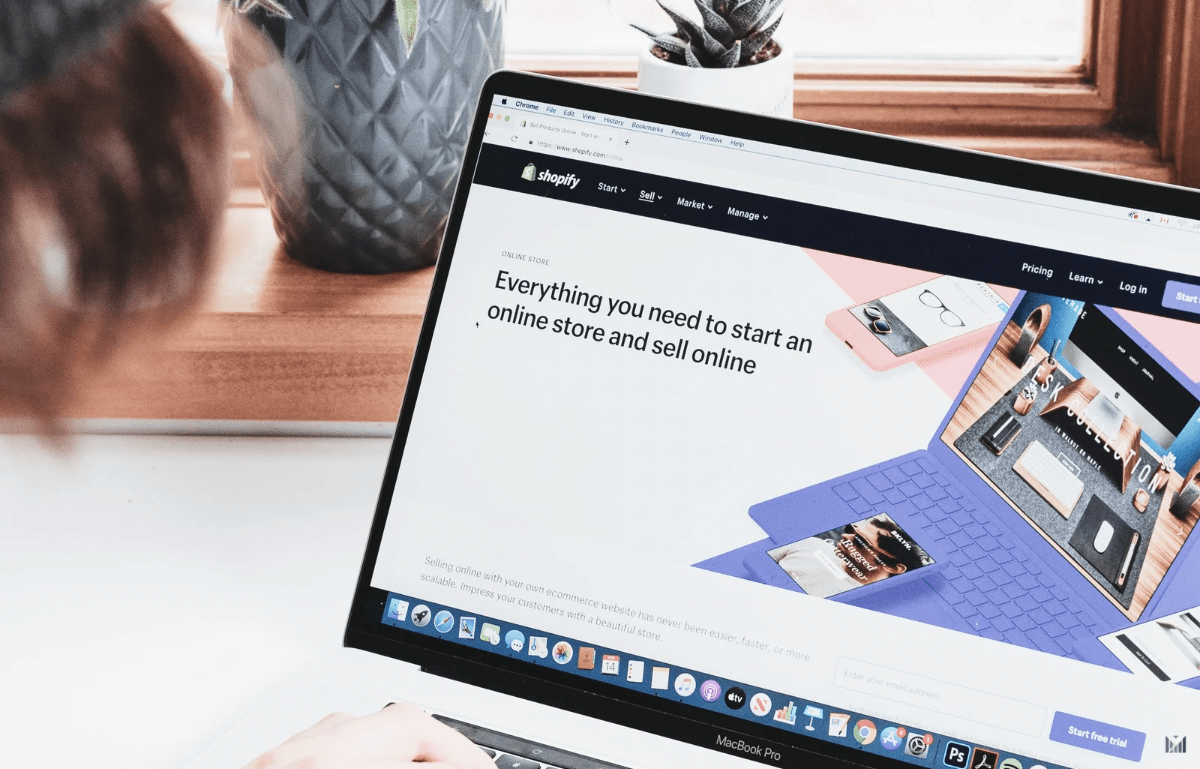One of the first tools I recommend for any business is a Client or Customer Relationship Manager (CRM). But don’t let the name fool you, these handy tools aren’t just for clients. CRMs make it quick and easy to organize contacts, products, sales Sales is any set of activities related to selling products a... More, and more for all your business relationships – vendors, employees, and partners too.
Sales is any set of activities related to selling products a... More, and more for all your business relationships – vendors, employees, and partners too.
Choosing a CRM can be an overwhelming decision because there are so many to choose from and there isn’t a one size fits all solution. You’ll want to find the one that works best for your needs, so don’t be afraid to test a few out.
You can ask around to get started but you’ll still want to take your top choices for a test run to make sure they work for your business. If you’ve never used a CRM, we recommend starting with Hubspot or Zoho because they’re easy to use and you can start using them for free. There are other solutions that have free trials but you’ll want to give yourself plenty of time to make mistakes for free before making any commitments.
Getting Started with Your CRM in 3 Easy Steps
- Enter just a few relevant contacts to begin
- Determine the fields you need and add any that are missing
- Organize your tasks and processes
When you’re ready to start testing, enter just a few contacts to get a feel for your workflow and how you want to organize everything. It doesn’t matter if they’re leads or potential employees but use people who are relevant to the work you’re doing now. Check out the default fields and decide if they’re right for you or if you need to add any. If there are more than you need, that’s okay. You can keep them for now in case they come in handy later but you definitely want to note any you need to add. Then add them, of course.
If you need help determining the fields you need. Consider your current and upcoming marketing Marketing is a series of steps used to achieve a sales goal.... More campaigns. What information do you need to get the most out of them? Make sure you have an appropriate field for each item. Typically, you can choose from texts fields, drop down menus, checkboxes and more.
Marketing is a series of steps used to achieve a sales goal.... More campaigns. What information do you need to get the most out of them? Make sure you have an appropriate field for each item. Typically, you can choose from texts fields, drop down menus, checkboxes and more.
For example, are you sending birthday emails? Then make sure you have a date field for birthday information. Are you running an SMS campaign? Then make sure you can differentiate mobile numbers from office numbers or landlines. And don’t worry about getting everything right the first time. You can change it later and that’s the point of starting with just a few. You’ll be able to update the records you’ve already entered more easily.
Setting Your CRM Up for Success
Once you have finalized your fields, start organizing your tasks and processes. Map out your very first sales Sales is any set of activities related to selling products a... More or marketing
Sales is any set of activities related to selling products a... More or marketing Marketing is a series of steps used to achieve a sales goal.... More tactics so you don’t have to do any guesswork when nurturing new leads. Add reminders on the dates you want to take each action and record any significant outcomes. You may learn that you need more time to achieve your goals or you may learn how different time intervals affect your results.
Marketing is a series of steps used to achieve a sales goal.... More tactics so you don’t have to do any guesswork when nurturing new leads. Add reminders on the dates you want to take each action and record any significant outcomes. You may learn that you need more time to achieve your goals or you may learn how different time intervals affect your results.
Not only will having hard dates connected to your tactics help you prioritize your efforts and avoid missing anything when distractions inevitably pop up but it will also save you time when onboarding a team. Having clearly defined processes and timelines will make training any help much easier.
This is also the very first step in defining your customer journey, so you get quite a bit out of it. We’ll share more on how mapping out your customer journey can help you focus your business development efforts later so follow us on Instagram and turn on notifications so you don’t miss it.
Once your processes are set up, try setting up lists, deals, or campaigns to see how these may fit into your processes. Decide how you want to enter your information and then consider automation to make your life easier by saving valuable time.
Ideally, your CRM will be your command center, so you’ll want to be able to track your clients, vendors, tasks, and sales Sales is any set of activities related to selling products a... More easily from one application. Think of your CRM as where you and your team will start your day and see if your choice feels like a good fit.
Sales is any set of activities related to selling products a... More easily from one application. Think of your CRM as where you and your team will start your day and see if your choice feels like a good fit.
Need help? Call, email, or meet with us free via Zoom. We’re happy to help.






2 thoughts on “Getting Started with A CRM: The Basics of Successful Implementation”